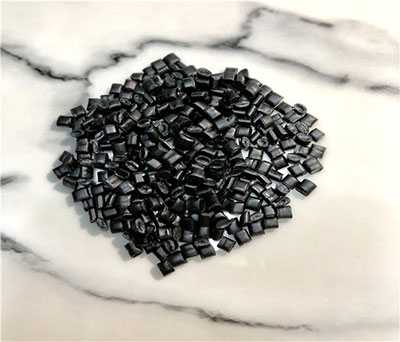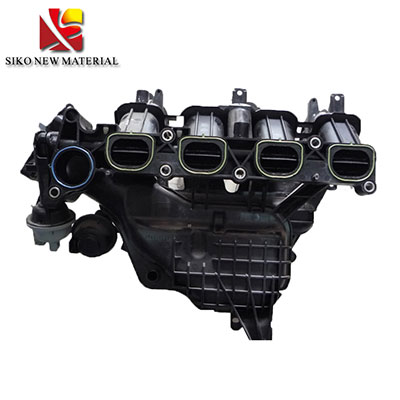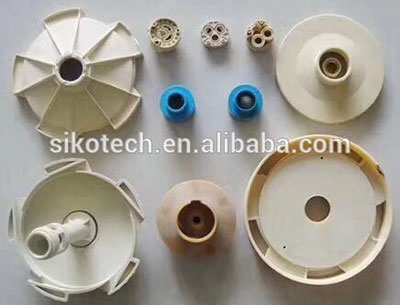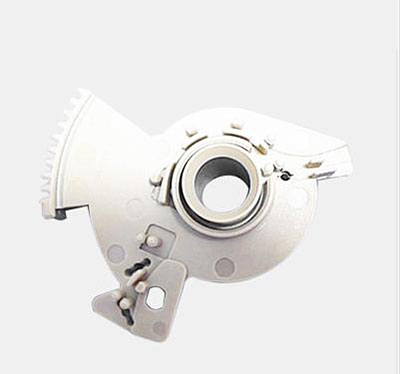©Copyright 2019 SIKO POLYMERS (SUZHOU) CO., LTD All rights reserved.Site Map Powered by iwonder.cn
- Email Uskevin@sikopolymers.com



Polyamide (nylon) is a common engineering plastic, from common daily necessities to machinery parts everywhere.
Different application conditions require different properties of nylon.
Nylon itself is a plastic with excellent wear resistance, but its disadvantage is that it absorbs water easily.
In order to meet the requirements of various applications of nylon, it is usually necessary to enhance the modification.
One of the most widely used is fiberglass reinforced nylon.
1. What is the usual improvement of glass fiber reinforced nylon properties.
Compared with pure nylon, its mechanical strength, rigidity, heat resistance, creep resistance and fatigue resistance are greatly improved, elongation, shrinkage and moisture absorption are decreased.
2. What is fiberglass and how is it classified
Glass fiber is a kind of performance of inorganic non-metallic materials, mainly in silicon dioxide as raw material, add a particular mineral raw materials at high temperature molten metal oxide, molten glass flows through the outflow discharge spout, and on the pull of gravity is drafting and rapid cooling solidification become extremely thin continuous fiber, within a few microns to 20 microns in diameter.
3. What is the difference between long and short glass fiber reinforcement
Long and short fiberglass reinforced nylon particles are different in size and internal fiberglass distribution, which makes their properties different.
Long glass fiber reinforced nylon: it has less anisotropic contraction than short glass fiber and reduces the effect of warping.
The rigidity, wear resistance, aging resistance and heat resistance of nylon are stronger than short glass fiber.
Short glass fiber nylon: the processing, rigidity and strength are improved, and the injection molding is not easy to produce floating fiber compared with long glass fiber nylon.
4. Application of glass fiber reinforced nylon
Automobile industry: cooling water chamber, intake manifold, frame bracket, ventilation grille, door handle, throttle body, fan cover, variable speed control lever cover, handbrake, accelerator pedal, gear, etc.

Mechanical parts: water pump, water valve, bearing, axle sleeve, gear, bracket, idler, etc.

Sports equipment: skiing equipment, baby buggy, bicycle, fitness equipment parts and so on.

5. What is the situation of fiberglass reinforced nylon "floating fiber"
Floating fiber is actually glass fiber exposed on the surface of the finished product. After condensation, it forms white and rough radial traces, resulting in surface quality degradation.
So what is the cause of "floating fiber"?
Fiberglass and plastic themselves are incompatible substances with different densities, so they tend to separate.
As the plastic melt is affected by the friction of screw, nozzle, runner and gate in the flow process, it accumulates on the surface gradually.
At the same time, glass fiber has the effect of promoting crystallization, while nylon is a crystalline material.
Crystals cool quickly;
Fast cooling makes it difficult for the glass fiber to be bound and covered up by the resin, so it is easy for the glass fiber to be exposed.
6. How to solve the problem of reinforced nylon injection when floating fiber.
A. Improve the compatibility of nylon and glass fiber.
Compatibilizer, dispersant and lubricant are added to the material to increase the compatibility between glass fiber and nylon resin, improve the uniformity of dispersed phase, increase the interfacial bonding strength, and reduce the separation of glass fiber and resin, so as to improve the glass fiber exposure.
B. Increase the mold temperature and increase the injection speed.
The effect of increasing mold temperature is the most significant, which can significantly enhance the melt flow resistance and reduce the glass fiber accumulation.
Increasing the injection speed can reduce the relative velocity difference between glass fiber and resin and further reduce the accumulation of glass fiber.
C. Reduce the screw speed.
When the glass fiber reinforced plastic is plasticized, the screw speed should not be too high to avoid excessive frictional shear force which will aggravate the phenomenon of "floating fiber". Especially when the glass fiber is long, uneven length phenomenon will occur due to the fracture of part of the glass fiber, resulting in different strength of the plastic parts and unstable mechanical properties of the products.
Generally speaking, high material temperature, high mold temperature, high pressure, high speed, low screw speed injection is beneficial to improve the phenomenon of "floating fiber".